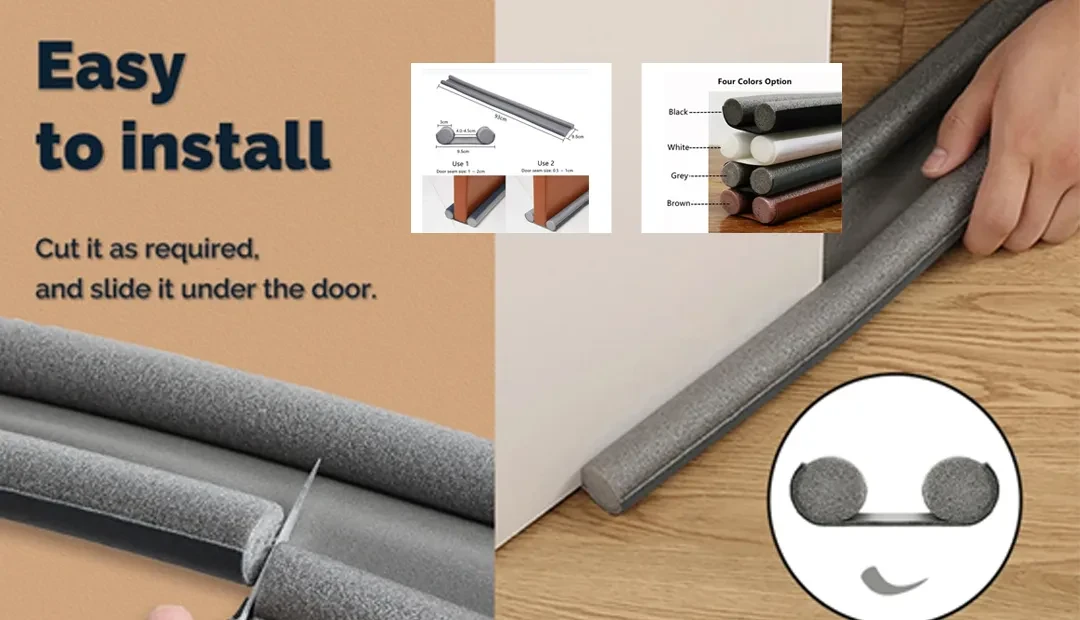Durable PVC Edge Banding Solutions for Cabinet Finishing and Design Enhancement
The Importance of PVC Edge Banding for Cabinet Construction
In the world of furniture and cabinet making, the details can make all the difference. One of the most crucial elements in achieving a polished and professional look is the application of edge banding, particularly PVC edge banding. This article explores the advantages, applications, and installation of PVC edge banding, highlighting its essential role in cabinet construction.
What is Edge Banding?
Edge banding is a thin strip of material that is applied to the exposed edges of particle board or plywood panels, which are commonly used in cabinet making. This process not only enhances the aesthetic appeal of furniture but also adds a layer of protection against moisture, wear, and tear. Edge banding comes in various materials, including wood veneer, melamine, and plastic—each with its unique benefits.
Why Choose PVC Edge Banding?
PVC (Polyvinyl Chloride) edge banding is particularly popular due to its impressive characteristics
1. Moisture Resistance One of the most notable advantages of PVC edge banding is its high resistance to moisture. Unlike natural wood materials that may swell or warp when exposed to humidity, PVC maintains its integrity, ensuring that the cabinets remain looking fresh and intact over time.
2. Durability PVC is known for its strength and resilience. Cabinets that are edged with PVC banding are less susceptible to chipping or peeling, even in high-traffic environments such as kitchens and bathrooms. This durability translates into lower maintenance costs and longer service life for the cabinets.
3. Variety of Finishes PVC edge banding comes in various colors, textures, and finishes, allowing for greater design flexibility. Cabinet makers can match edge banding to the cabinet’s main surface, ensuring a seamless look. Moreover, there are options that mimic the appearance of wood grain, providing an aesthetic appeal without sacrificing performance.
4. Ease of Installation PVC edge banding is relatively easy to apply, even for those with minimal experience in cabinetry. It can be glued or heat-fused to the edges of panels, making it a straightforward option for both DIY enthusiasts and professional cabinet makers.
5. Cost-Effective Compared to other types of edge banding materials, PVC tends to be more affordable while still offering a premium look and functionality. This cost-effectiveness makes it a preferred choice for budget-conscious projects without compromising quality.
cabinet pvc edge banding

Applications of PVC Edge Banding
PVC edge banding is widely used in various applications
- Kitchen Cabinets Given their exposure to heat and moisture, kitchens benefit immensely from the protective qualities of PVC edge banding. It helps keep the cabinet edges sealed and protects them from common kitchen spills and humidity.
- Bathroom Vanities Similar to kitchens, bathrooms require materials that can withstand moisture. PVC banding is ideal for bathroom vanities, where constant exposure to water can damage traditional materials.
- Office Furniture Desks, cabinets, and shelves in office environments also take advantage of PVC edge banding. The durability of PVC ensures that the furniture maintains its professional appearance even in busy office settings.
- Retail Displays Retail environments often require customizable and stylish display units. PVC edge banding allows for creative finishes that enhance the visual appeal of products on display, all while ensuring durability.
Installation Process
Installing PVC edge banding is a straightforward process. Here’s a simplified guide
1. Preparation Ensure that the edges of the panels are smooth and free from debris. 2. Cutting the Banding Measure and cut the PVC edge banding to the appropriate length, allowing for a slight overhang. 3. Applying Adhesive If using glue, apply a thin layer of adhesive to the panel edges. If using heat-activated banding, preheat the banding tool according to the manufacturer’s instructions. 4. Attaching the Banding Position the banding over the edge and press it down firmly. If using heat, apply it evenly to activate the adhesive. 5. Trimming Excess Once the banding is attached and cooled (if heat was used), use a trim cutter or sharp knife to remove any excess material. 6. Finishing Touches Finally, sand down any rough edges for a smooth finish.
Conclusion
In conclusion, PVC edge banding plays a vital role in the construction of cabinets and other furniture. Its moisture resistance, durability, variety of finishes, ease of installation, and cost-effectiveness make it an ideal choice for both professional and amateur cabinet makers. As furniture trends evolve, the use of PVC edge banding is likely to remain a staple, providing both functional and aesthetic benefits. Whether it's for a kitchen renovation or an office redesign, incorporating PVC edge banding can significantly enhance the quality and appearance of any cabinet project.
-
Under Door Draught Stopper: Essential ProtectionNewsJul.31,2025
-
Garage Door Seal and Weatherstrips for ProtectionNewsJul.31,2025
-
Edge Banding Tape for Perfect EdgesNewsJul.31,2025
-
Table Corner Guards and Wall Corner ProtectorsNewsJul.31,2025
-
Stair Nose Edging Trim and Tile Stair SolutionsNewsJul.31,2025
-
Truck Bed Rubber Mats for Pickup BedsNewsJul.31,2025
-
Window Weather Stripping for Noise ReductionNewsJul.29,2025